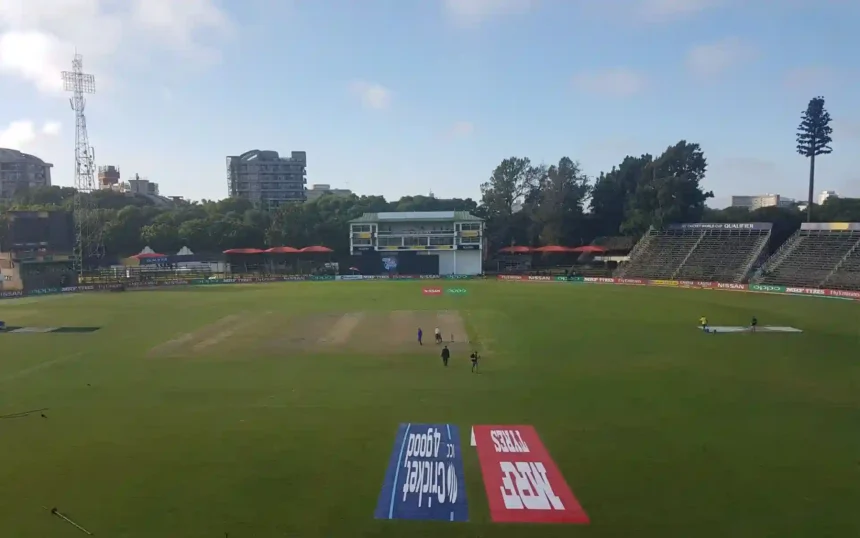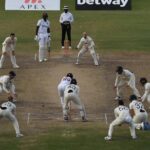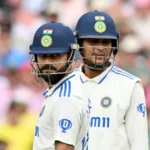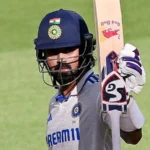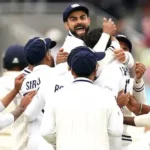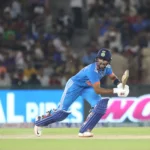Cricket in Zimbabwe has always held a unique charm, and the Harare Sports Club (HSC) stands as one of the country’s most iconic venues. Whether you’re a player looking to adapt your game, a coach planning strategies, or a fan trying to understand match dynamics, Harare Sports Club Pitch Report pitch conditions valuable.
Introduction to Harare Sports Club Pitch Report
1.1 Significance in Zimbabwean Cricket
- Primary international venue in Zimbabwe since the 1980s.
- Hosted historic matches, including upsets against top teams.
- Known for lively crowds and a traditional cricket atmosphere.
1.2 Ground Dimensions & Outfield
- Boundary sizes: Slightly shorter square (60-65m) than straight (70m).
- Outfield speed: Generally quick, but slows down if rain-affected.
- Drainage system: Good, allowing play to resume quickly after showers.
Pitch Composition & Preparation
2.1 Soil Type & Base Structure
- Clay-loam mix, providing decent bounce early on.
- Red soil dominance ensures the pitch holds together longer than pure clay.
- Compaction level: Moderately hard, not as abrasive as some South African pitches.
2.2 Grass Cover & Moisture Retention
- Early season (Oct-Dec): More grass left, aiding seamers.
- Peak summer (Jan-Mar): Dry and bare, favoring spinners later.
- Rolling process: Heavy rolling before matches ensures evenness.
2.3 Pitch Curation Trends
- Home team preference: Zimbabwe often prepares sporting tracks (not excessively bowler or batter-friendly).
- Recent changes: Slightly slower due to reduced clay content over the years.
Pitch Behavior in Different Formats
3.1 Test Matches (Day-by-Day Breakdown)
Day 1:
- First session: Seamers get movement if there’s overnight moisture.
- Afternoon: Best time to bat—consistent bounce, minimal turn.
- Key stat: Average 1st innings score at HSC in Tests: 320-350.
Day 2-3:
- Batting paradise if no rain interrupts.
- Spinners start getting slight grip but not threatening.
Day 4-5:
- Cracks open up, variable bounce becomes a factor.
- Spinners dominate, especially rough outside off for right-handers.
- Memorable performance: Nathan Lyon’s 5/32 (AUS vs ZIM, 2022).
3.2 ODI Cricket
- Powerplays: Pacers get swing, but batters can score freely if set.
- Middle overs: Spinners control run rate (e.g., Sikandar Raza’s tight spells).
- Death overs: Slower balls grip, making yorkers harder to execute.
- Par score: 250-280 (higher if dew aids chasing).
3.3 T20 Matches
- Ball comes on nicely for big hitters.
- Scores of 160-180 are competitive due to slight slowness.
- Key factor: Dew in evening games makes chasing easier.
Weather & Seasonal Impact
4.1 Summer (Oct-Mar)
- Hot and dry: Pitch cracks faster, spinners thrive late.
- High temperatures (~30°C) lead to quicker deterioration.
4.2 Winter (May-Aug)
- Cool mornings: Helps seamers with swing.
- Less degradation, making Day 5 batting easier than in summer.
4.3 Rain-Affected Games
- Sticky surface: Ball seams extravagantly early on.
- Damp outfield: Slows down scoring in limited-overs.
Batting & Bowling Strategies
5.1 For Batsmen
✔ New ball caution: Survive first hour, then capitalize.
✔ Footwork against spin: Use depth of crease for slow turn.
✔ Target short boundaries: Square leg and cover regions.
5.2 For Bowlers
✔ Seamers: Full lengths early, cutters as pitch slows.
✔ Spinners: Bowl into rough (especially for right-handers).
✔ Variations: Slower bouncers work in T20s.
Historical Records & Memorable Matches
6.1 Highest Team Totals
- Test: 585/4 (ZIM vs WI, 2001)
- ODI: 351/7 (NZ vs ZIM, 2015)
- T20: 229/2 (ZIM vs BAN, 2021)
6.2 Best Bowling Figures
- Test: 7/32 (Heath Streak vs IND, 2001)
- ODI: 6/22 (Brian Vitori vs BAN, 2011)
- T20: 5/16 (Wellington Masakadza vs UAE, 2019)
6.3 Unforgettable Moments
- Zimbabwe’s 1999 WC upset vs India.
- Brendan Taylor’s 138 vs NZ (2015 WC).*
Expert Predictions & Tips
7.1 Toss Decision
- Tests: Bat first, avoid last-day minefield.
- T20s: Chase if dew expected.
7.2 Fantasy Cricket Picks
- Batters: Top-order players (1st innings).
- Bowlers: Spinners in Tests, swing bowlers in ODIs.
Final Verdict: Who Does the Pitch Favor?
Tests: Balanced (60% batters, 40% bowlers).
ODIs: Slightly favors batters (55-45).
T20s: Even contest (depends on dew).
Conclusion: Harare Sports Club Pitch Report
The Harare Sports Club Pitch Report is a thinking cricketer’s surface—neither a batting paradise nor a bowler’s graveyard. Success here hinges on adaptability, patience, and tactical awareness.



